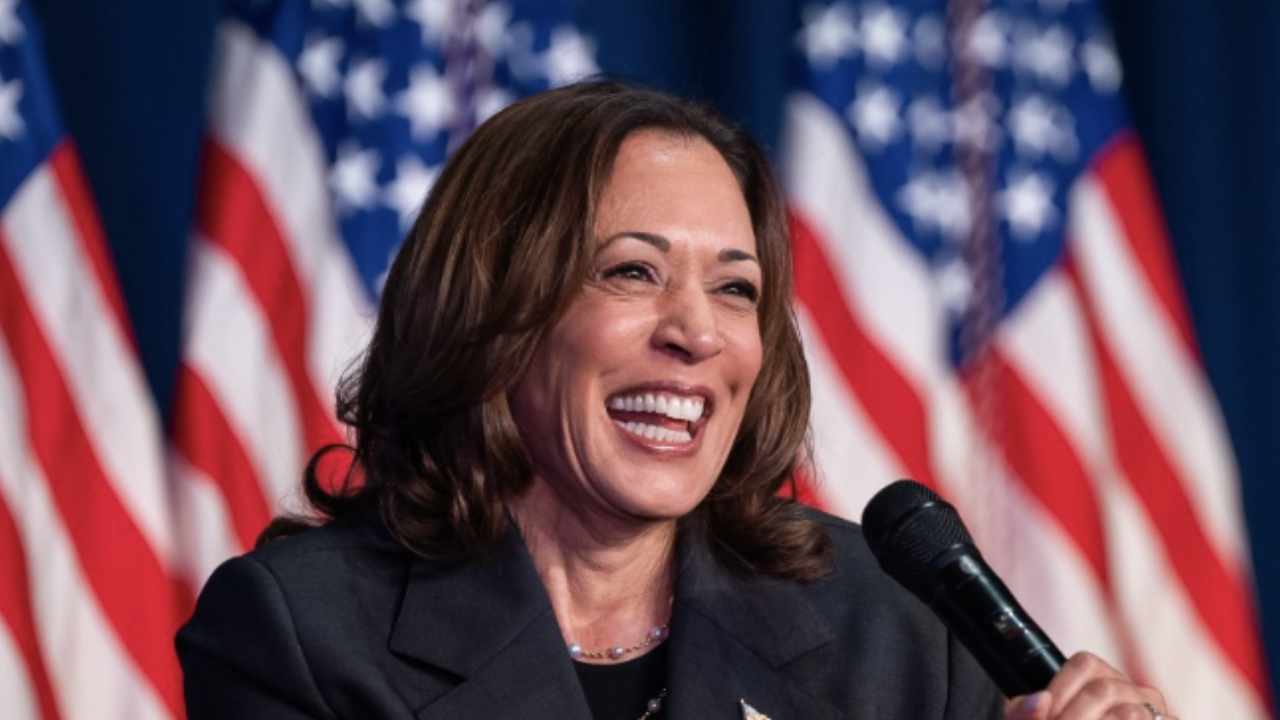
Cryptocurrency enthusiasts largely oppose CBDCs — but industry leaders including Consensys, Ripple and Stellar are throwing their weight behind them.
Central bank digital currencies (CBDCs) offer governments the ability to exert absolute control over currency. They should be rejected by all fair-minded blockchain leaders, but that unfortunately is not the case.
In June 2023, the International Monetary Fund (IMF) noted that most cryptocurrency innovations have come from the private sector. But it praised central banks for “catching up” through the experimentation of CBDCs and creating state-controlled instant payment systems — like Brazil’s Pix.
CBDCs are an experimental form of digital money created by a country's central bank. They are generally controlled through a private network and are both centralized and programmable. This means that central banks can track, monitor and edit transactions. Such capabilities grant authorities extensive control over money flows — including the power to impose spending restrictions, set “expiration” dates on consumers’ savings, and even remotely freeze or seize money. And by 2030, CitiGroup predicts there will be $5 trillion in CBDCs circulating in the global economy.





